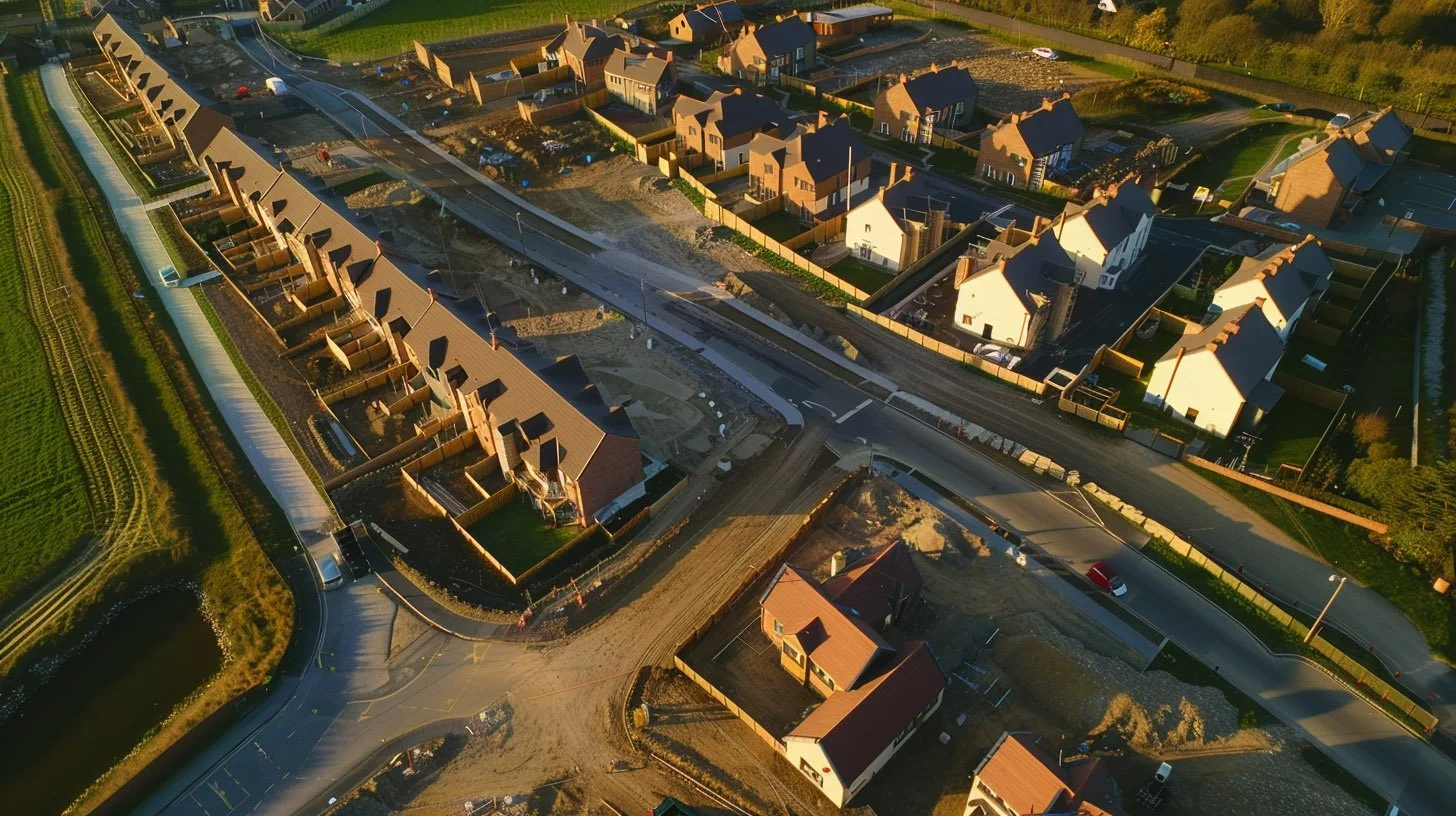How Does the New Build Home Buying Process Work?
Buying a new build home can be an exciting yet daunting experience. The process differs slightly from purchasing an existing property, with several unique stages that ensure your new home is perfect from the day you move in. Here’s a quick guide to help you understand the new build home buying process.
1. Research and Choose a Location
The first step is deciding where you want to live. Consider factors such as proximity to work, schools, amenities, transport links, and future development plans. Visit the area at different times of the day to get a sense of the neighbourhood and ensure it meets your lifestyle needs.
2. Select a Development and Developer
Once you've chosen a location, the next step is to research potential developments and developers. Look for reputable companies with a history of delivering quality homes. Read reviews, visit previous developments, and check for any awards or accreditations. This will give you confidence in the developer’s ability to deliver your dream home.
3. Secure Financing
Before you start house hunting, it’s essential to understand your budget. Speak to a mortgage advisor to get an idea of how much you can borrow and what kind of mortgage deals are available. Many developers have partnerships with mortgage advisors who can offer specialised new build mortgage deals.
4. Reservation
Once you've found the development and plot you want, you’ll need to reserve it. This typically involves paying a reservation fee, which can range from a few hundred to several thousand pounds. This fee is usually deducted from the purchase price but can be non-refundable if you decide not to proceed.
5. Choose Your Specifications
One of the perks of buying a new build is the ability to customise certain aspects of your home. You’ll have the opportunity to choose fixtures, fittings, and finishes to suit your taste. This could include kitchen units, flooring, tiles, and bathroom fittings. Be mindful of your budget, as these choices can add up quickly.
6. Exchange Contracts
After your reservation, you’ll move towards exchanging contracts. This is when the sale becomes legally binding. Your solicitor will carry out necessary checks, including title deeds, planning permissions, and any restrictive covenants. Once satisfied, you’ll sign the contract and pay a deposit, typically 10% of the purchase price.
7. Construction Phase
If you’re buying off-plan, your new home might still be under construction. During this phase, it’s crucial to stay in regular contact with the developer to monitor progress. Developers should provide you with a timeline and regular updates. Be prepared for potential delays, as construction can be affected by various factors, including weather and supply issues.
8. Pre-Completion Inspection
Also known as a snagging inspection, this is a critical step before you complete the purchase. A snagging survey identifies defects or unfinished work that needs to be addressed by the developer. It’s advisable to hire a professional snagging company to carry out this inspection to ensure nothing is overlooked.
9. Completion and Handover
Once the construction is complete you’ll move to the completion stage. This is when you pay the remaining balance of the purchase price, and ownership of the property is transferred to you. You’ll receive the keys and can move into your new home.
10. Post-Completion Care
Even after you’ve moved in, the developer’s responsibility doesn’t end. Most new builds come with a warranty, typically 10 years, covering structural defects. During the initial months, you may encounter minor issues or defects, often referred to as “snags”. Report these to the developer promptly so they can be rectified.
11. Settling In
Finally, it’s time to enjoy your new home. Moving into a brand-new property is an exciting opportunity to create a space that reflects your personality and lifestyle. Take your time to decorate and personalise your new build to make it truly feel like home.

